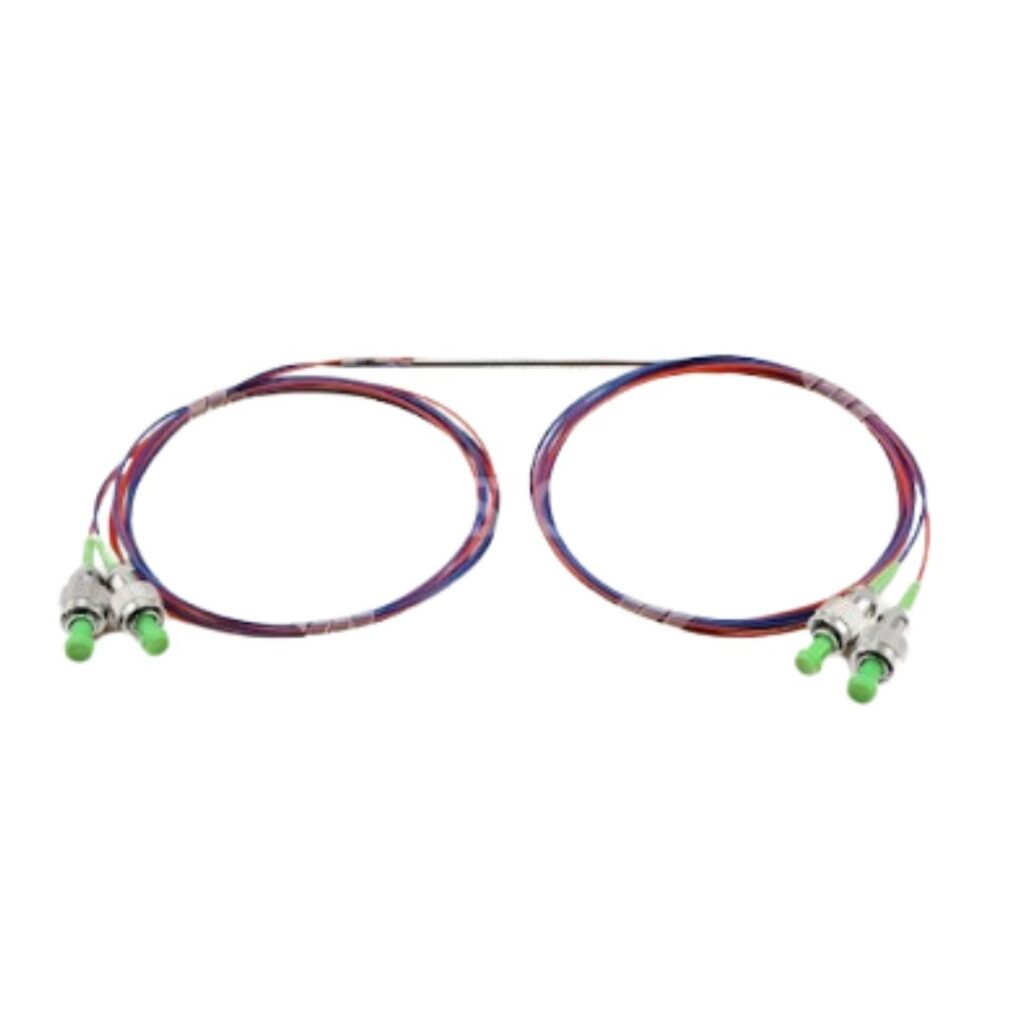FBT (Fused Biconical Taper) couplers are a fundamental tool in fiber optic networks, used to split or combine light signals with precision. Through a unique fusing and tapering process, FBT couplers allow data to be directed to multiple locations or merged into a single channel with minimal signal loss. These versatile components are widely utilized in telecommunications, local area networks (LANs), and data centers.
How FBT Couplers Work: FBT couplers are created by fusing and stretching two optical fibers together, allowing light signals to split or converge efficiently. Although simple in construction, they effectively maintain signal quality, making them ideal for applications that don’t require constant adjustments to wavelength or temperature sensitivity.
Benefits of FBT Couplers:
- Cost-Effective: FBT couplers are relatively inexpensive, making them an economical choice for networks with stable signal requirements.
- Customizable Ratios: They offer flexibility in splitting ratios, ensuring the right balance for specific applications.
- Durability: FBT couplers are dependable in environments with minimal temperature and wavelength fluctuation, providing lasting performance.


Common Applications: FBT couplers are frequently used in FTTH (fiber-to-the-home) installations, fiber optic testing, and signal distribution in smaller network infrastructures. Their straightforward design makes installation and maintenance simple, contributing to their popularity across various industries.
Conclusion: For efficient and affordable signal management, FBT couplers are a trusted choice in fiber optic networks. They balance reliability with affordability, ensuring seamless data flow across even the most complex telecommunications setups.
